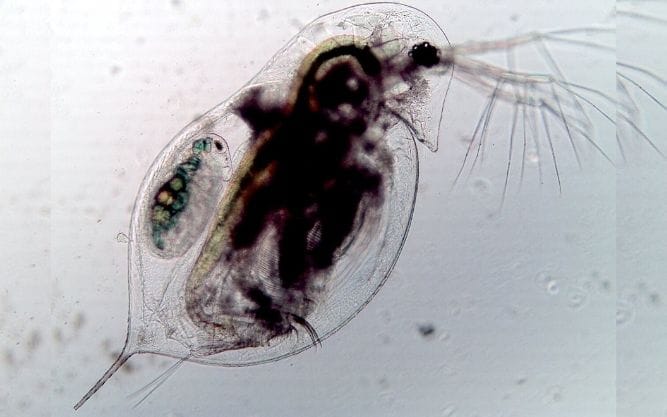
A team of researchers led by postdoctoral ecology fellow Tara Stewart Merrill recently published findings that may help scientists better understand the transmission of vector-borne infections, Science Daily reports. Vector-borne diseases, such as malaria, “account for almost 20% of all infectious diseases worldwide and are responsible for more than 700,000 deaths each year.” Yet limited consideration is taken to understand immunity and recovery in these invertebrate vectors.
While studying a species of zooplankton called Daphnia dentifera, the University of Colorado Boulder-based research team discovered that some plankton were “good” at stopping fungal parasites from entering their body and others were able to clear the infection in a short amount of time. The team observed that the success or failure of infection was based on the strength of the individual organisms’ internal defenses. “Our results show that there are several defenses that invertebrates can use to reduce the likelihood of infection” and implement as filters that reduce transmission, said Stewart Merrill. However, environmental changes and stressors can degrade immunity and amplify transmission – making it imperative to understand these infection pattens.
The researchers hope that a better understanding of infections in simple animals, like plankton, can also be applied to invertebrates that impact human health, namely infections caused by schistosomes, or parasitic flatworms. 200 million people in Africa, Southeast Asia, Central and South America suffer from infections caused by these organisms and the World Health Organization considers them the “second-most socioeconomically devastating parasitic disease after malaria.” By further studying how flatworms succumb to or fight off infection, scientists are closer to understanding the risk factors and how to prevent or stop the chain of transmission into humans.


Comentarios recientes